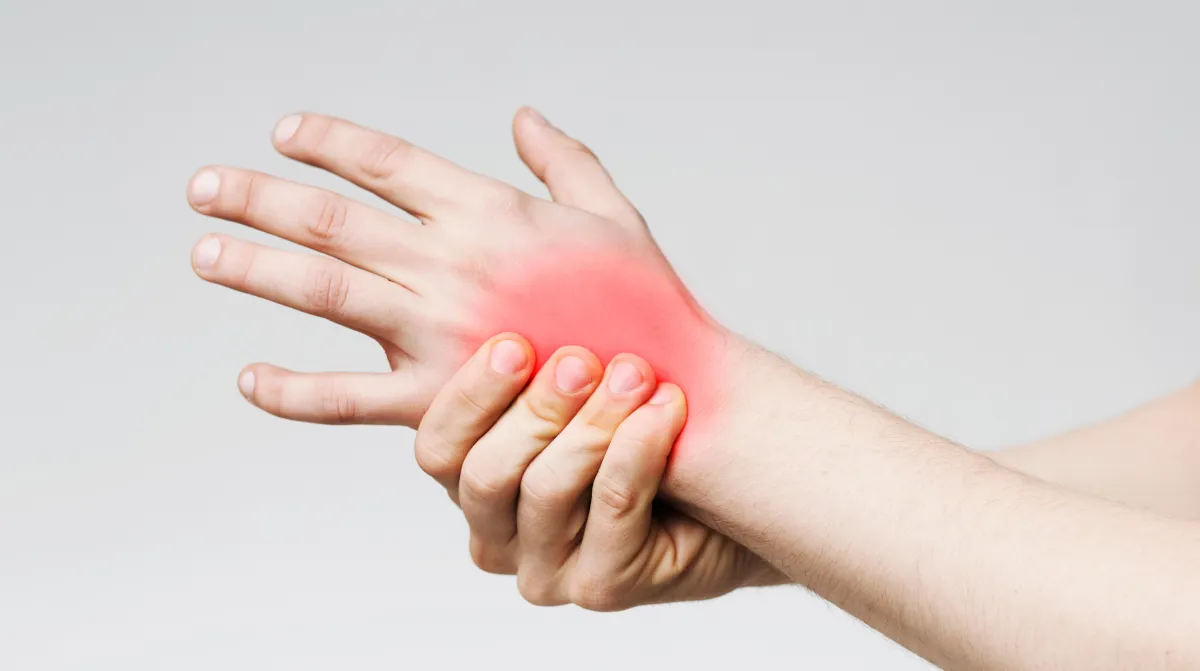
Managing Carpal Tunnel Syndrome: When to Seek Diagnostic Testing
Carpal Tunnel Syndrome (CTS) occurs when the median nerve, which runs through the carpal tunnel in the wrist, becomes compressed. This compression leads to symptoms such as pain, numbness, tingling, and weakness in the hand and fingers. Proper diagnosis and management are essential to prevent long-term nerve damage and disability.
What is Carpal Tunnel Syndrome?
CTS typically develops due to repetitive wrist movements or strain, such as typing, using a mouse, or engaging in activities that involve repetitive wrist motions. Certain conditions, like arthritis, diabetes, or pregnancy, may also contribute to the development of CTS.
Signs and Symptoms of Carpal Tunnel Syndrome
Common symptoms include:
Numbness or tingling in the thumb, index, and middle fingers
Pain that radiates up the forearm and into the shoulder
Weakness in the hand, difficulty gripping objects
Symptoms may worsen at night, often disturbing sleep
When to Seek Diagnostic Testing
If your symptoms persist or worsen, it's time to seek diagnostic testing. Early diagnosis can prevent permanent nerve damage and avoid surgical intervention. Seek testing if:
Symptoms persist despite rest and conservative treatments
Numbness or tingling interferes with daily activities
Weakness or difficulty performing simple tasks like holding a phone, writing, or using tools
Diagnostic Testing for Carpal Tunnel Syndrome
Several diagnostic tests can confirm CTS, including:
Physical Exam: Assessment of symptoms and wrist movement
Nerve Conduction Studies (NCS): Measures electrical impulses in the nerves
Electromyography (EMG): Evaluates electrical activity in muscles
Ultrasound or MRI: Provides detailed images of the wrist and nerve
Treatment Options After Diagnosis
After diagnosis, treatment options may include:
Rest: Taking breaks from repetitive wrist movements
Splinting: Wearing a wrist splint to reduce pressure on the nerve
Physical Therapy: Exercises and stretches to improve flexibility
Medications: NSAIDs or corticosteroid injections to reduce inflammation
In severe cases, surgery may be considered to release pressure on the median nerve.
Why Choose TheraMove & Diagnostics?
At TheraMove & Diagnostics, we provide expert evaluation and treatment for Carpal Tunnel Syndrome. Our specialists offer comprehensive diagnostic testing and personalized care to manage symptoms and improve your quality of life. If you experience CTS symptoms, contact us today for a consultation and take the first step toward recovery.
